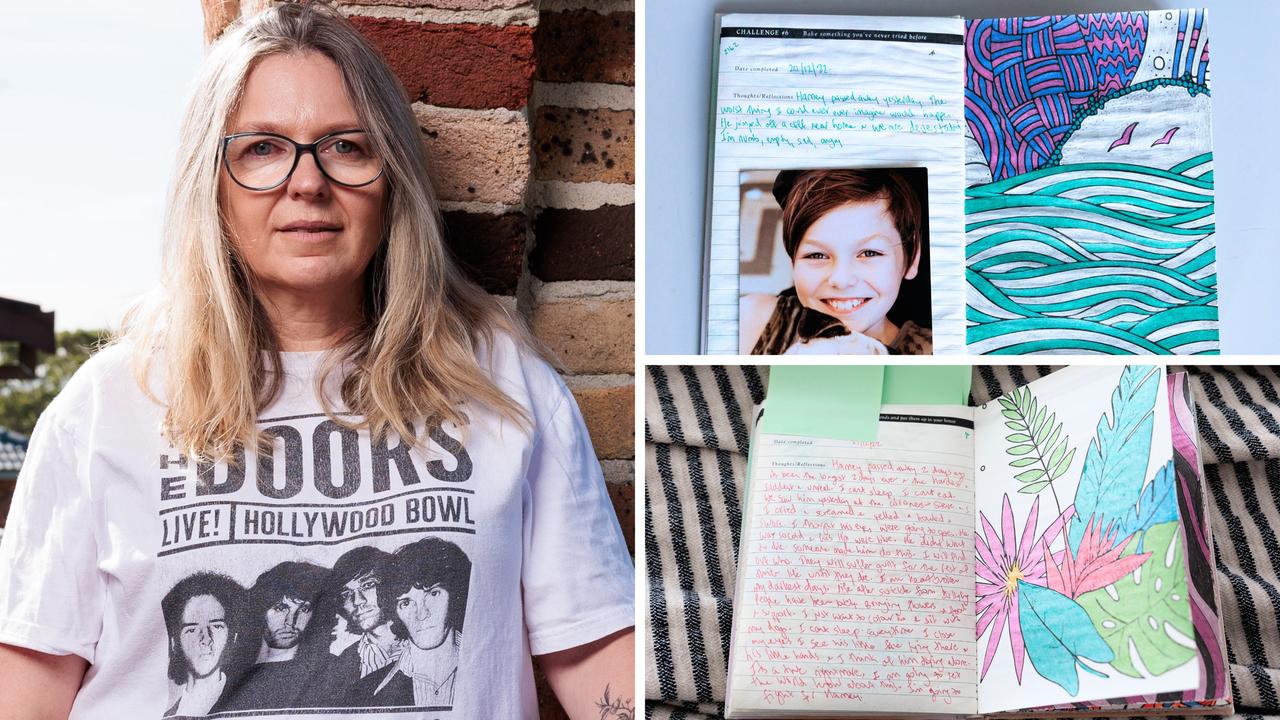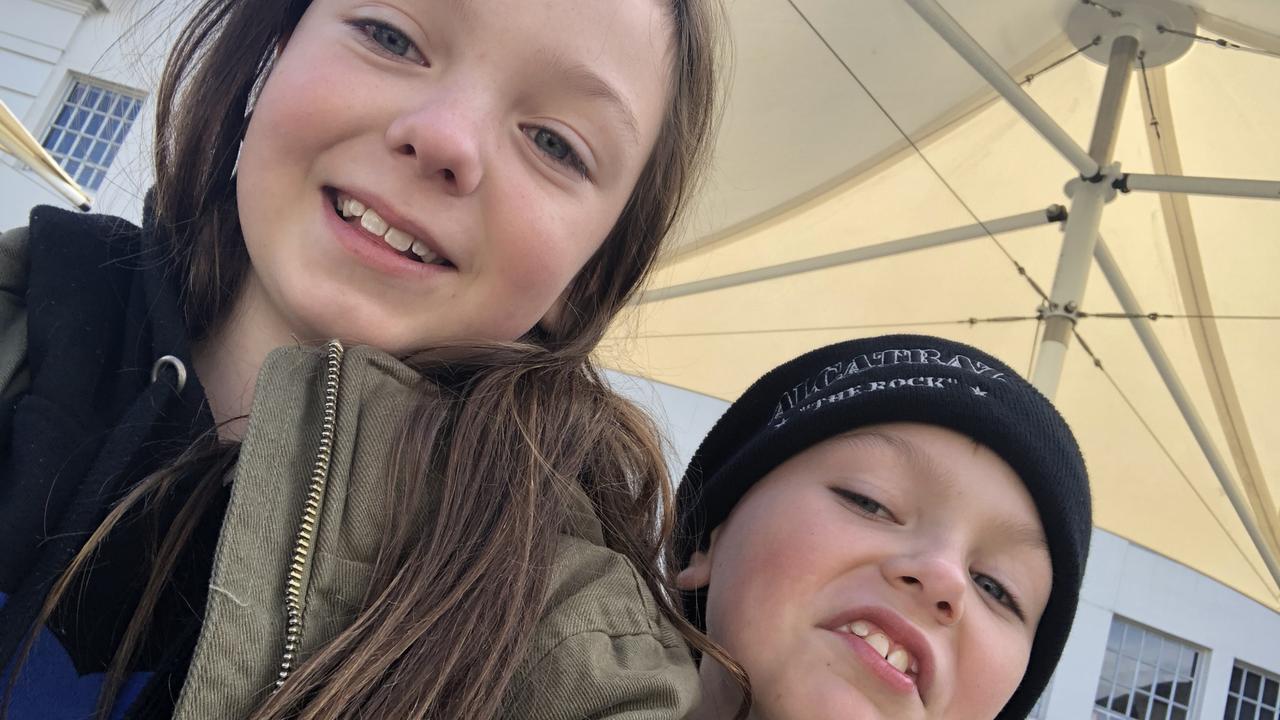Inbred American family transformed by haircuts
Four members of what has become known as America’s most inbred family have been transformed and look almost unrecognisable.
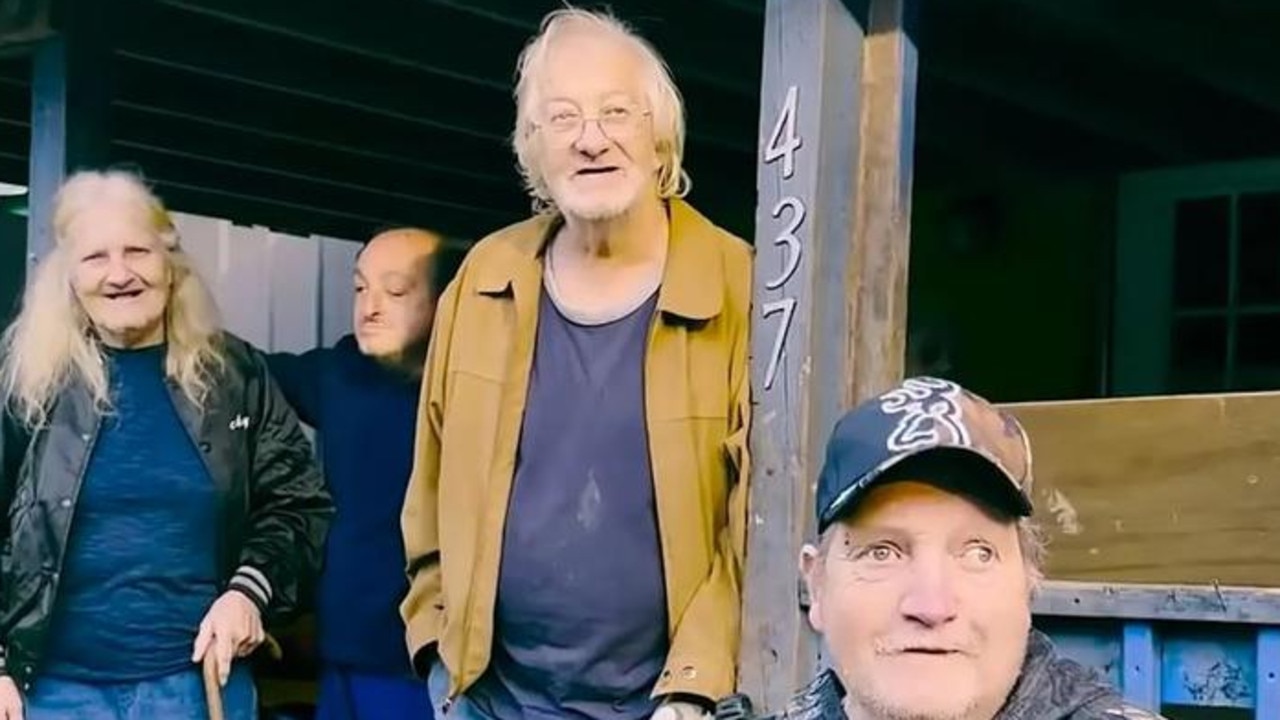
Four members of America’s most inbred family were almost unrecognisable after being transformed by long overdue haircuts.
Co-ordinated by filmmaker Mark Laita, who first introduced the family to the world in a YouTube documentary in 2004, the four received a makeover at a salon in Beckley, West Virginia.
About 30km north is their dilapidated home in the small town of Odd, where Whittaker siblings Ray, Betty, Larry, and Lorene live along with Lorene’s son, Timmy.
The siblings are not only descendants of two generations of first cousins – one of the sets of cousins who married had fathers who were actually identical twins.

Those twin brothers were John and Henry Whittaker who were born in 1897, with John later marrying his first cousin Ada Riggs.
John and Ada had nine children together, including Gracie Irene Whittaker in 1920.
Meanwhile, Henry married a woman named Sally Burton and they had seven children, including John Emory Whittaker, who was born in 1913.
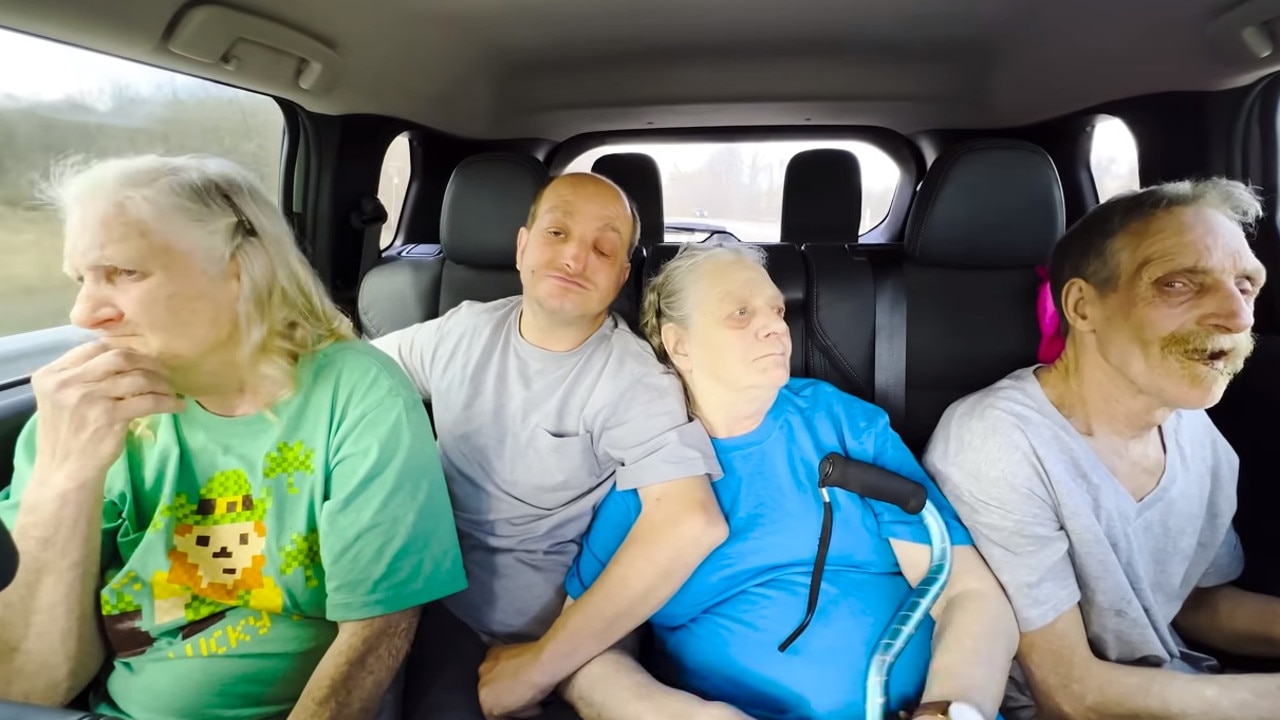
Cousins John and Gracie married in 1935 and had 15 children, all of whom were born with distinct mental and physical conditions.
Documentary-maker Mark Laita first visited the incestuous clan in 2009 for his book, Created Equal, and most recently last year for an impromptu reunion.
He has also chronicled them regularly for his podcast, Soft White Underbelly, which features “interviews and portraits of the human condition” to an audience of 4.56 million YouTube subscribers.
At the salon, Ray and Timmy had a fresh shave and a hair trim, while Betty and Lorene had their hair washed and styled.
Footage of the group, uploaded to YouTube late last month, showed each of them seemingly enjoying their new looks.
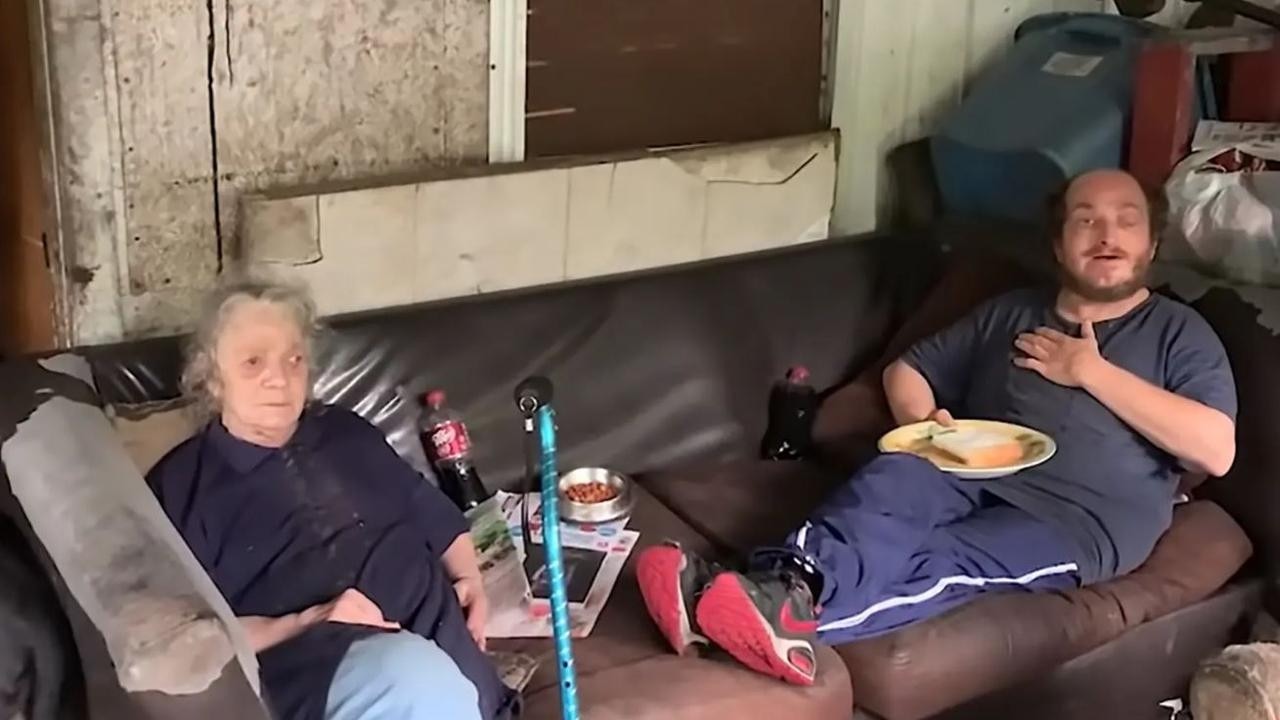
Ray’s iconic beard was shaved off and he was left with a striking moustache, with Laita saying: “Look at you guys. You guys all look great.”
The siblings have trouble communicating due to their conditions, but despite this, the Whittakers seem to comprehend the filmmaker’s questions.
“They understand what you talking about,” a relative told Laita. “If they don’t like it, they start yelling – let you know they don’t like that idea.”
According to Thought. Co, a hub of “expert-created education content”, inbreeding can lead to a host of side effects ranging from smaller adult size and reduced fertility to an increased risk of genetic disorders.
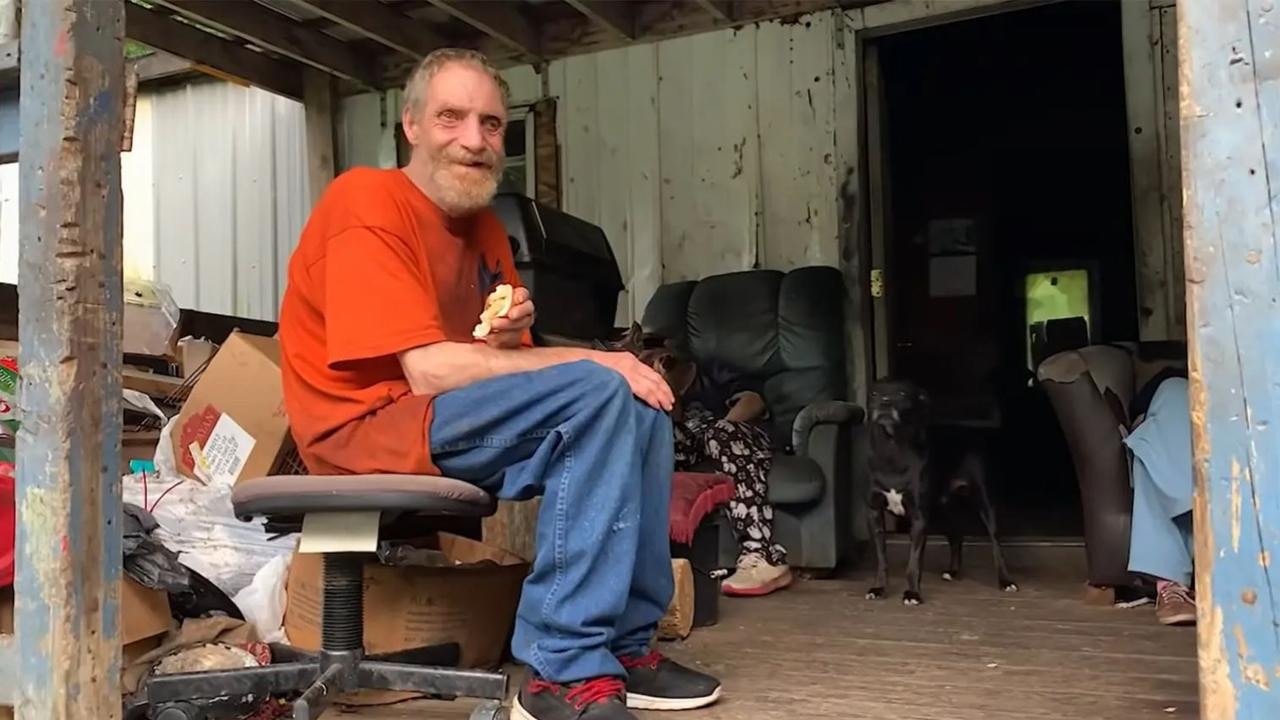
The Whittakers didn’t seem to grasp that their genetic issues stemmed from their close ancestral line. When Laita asked family member Kenneth why their eyes weren’t facing forward, the man responded, “might be coal mining”.

Naturally, Laita’s series might seem exploitative. Melody West and Shane Simmons of the Real Appalachia YouTube channel recently accused the documentary of perpetuating the Appalachian inbreeding “stereotype” that has been around “for decades”.
However, Laita, who has also shot commercials for the likes of major brands such as Nike and Apple, claimed on Konkrete that he wanted to show the “level of poverty” that the Whittakers faced.
The photographer set up a GoFundMe to help the West Virginian clan “with living expenses and home improvements”. It has raised close to $US70,000 ($A105,000) so far.





